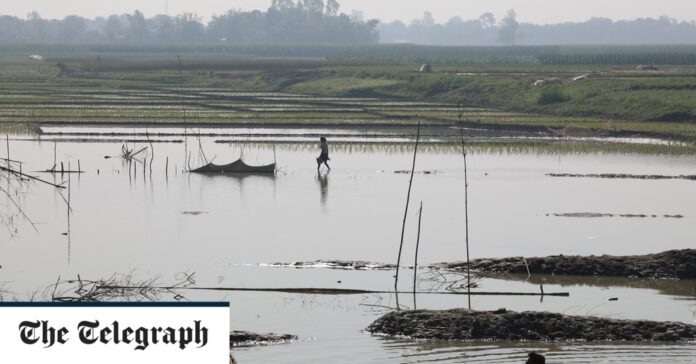The South Asian country is on the front line of climate change – yet it leads the way in learning how to live with it
It was the middle of the night when Cyclone Bhola unexpectedly struck Abdul Jalil Mirdha’s village in 1970, in a flash destroying many of the wooden shack houses and killing dozens of his neighbours.
The then 12-year-old’s parents tied him and his siblings to a pillar inside to prevent them from washing away as several feet of water poured into their home and a wall collapsed. They clung on until the next day, but not everyone was so lucky.
“In the morning, there were many bodies floating around,” says Mirdha, now 65, standing beside an estuary in Bangladesh’s southern Barishal district. “People were crying. Cattle were dead. You cannot imagine the suffering.”
Cyclone Bhola, a Category 3 cyclonic storm that had winds of up to 150 mph, remains the deadliest tropical cyclone ever recorded and one of the world’s worst humanitarian disasters in history, killing up to half a million people across the Bay of Bengal.


